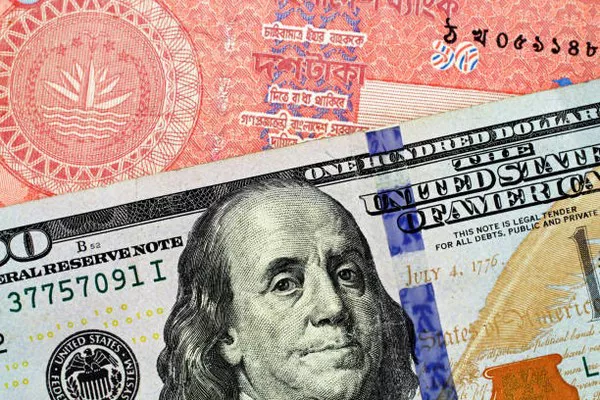In the heart of the Arabian Gulf, the State of Qatar stands as a beacon of economic prosperity and cultural richness. As a crucial player in the global economy, Qatar’s currency plays a pivotal role in its financial landscape. The official currency of Qatar is the Qatari rial, abbreviated as QAR. In this article, we delve into the history, design, and significance of the Qatari rial, shedding light on its role in Qatar’s economic growth and international trade.
Historical Evolution of the Qatari Rial:
The Qatari rial has a relatively short but fascinating history. Prior to the introduction of its own currency, Qatar used the Indian rupee as its official currency, reflecting its historical ties to British India. In 1966, however, Qatar made a significant move towards economic independence by introducing its own currency, the Qatari rial.
The establishment of the Qatar Currency Board marked the beginning of the issuance and management of the Qatari rial. Initially, the rial was pegged to the Gulf rupee, but in 1973, as the Gulf rupee was devalued, Qatar opted to peg its currency to the U.S. dollar. This pegging to the dollar has remained a defining characteristic of the Qatari rial, providing stability and facilitating international trade.
Design and Denominations:
The Qatari rial is aesthetically appealing, with its banknotes and coins reflecting the rich cultural heritage and modern development of the nation. The central bank responsible for issuing and regulating the currency is the Qatar Central Bank (QCB).
Banknotes come in various denominations, including 1, 5, 10, 50, 100, and 500 rials. Each banknote is adorned with intricate designs that showcase elements of Qatari culture, history, and progress. The images on the banknotes depict iconic landmarks, traditional patterns, and portraits of prominent figures who have played a vital role in Qatar’s development.
Coins are also part of the Qatari currency system, with denominations of 1, 5, 10, 25, and 50 dirhams. These coins, like the banknotes, embody the nation’s identity and progress, featuring symbols and images that resonate with the Qatari people.
Significance in the Global Economy:
As a nation with a thriving economy, Qatar’s currency, the rial, has gained recognition and significance in the global financial landscape. The pegging of the Qatari rial to the U.S. dollar has provided stability and confidence for both domestic and international investors. This fixed exchange rate has contributed to a conducive environment for trade, investment, and economic growth.
Moreover, the Qatari rial serves as a medium of exchange for the vast energy resources Qatar exports to the world. Being one of the largest producers of liquefied natural gas (LNG), Qatar’s economic fortunes are closely tied to global energy markets. The stability of the Qatari rial plays a crucial role in facilitating these energy transactions on the international stage.
The pegging to the U.S. dollar also helps in managing inflation and mitigating economic risks. It provides a sense of predictability for businesses and investors, fostering a climate of trust and confidence in Qatar’s economic policies.
Qatar’s Vision 2030 and Economic Diversification:
Qatar’s economic vision for the future, encapsulated in the Qatar National Vision 2030, aims to transform the nation into an advanced and sustainable society. As part of this vision, there is a strong emphasis on diversifying the economy beyond hydrocarbon resources. The Qatari rial, as a stable and internationally recognized currency, plays a key role in supporting this ambitious economic diversification agenda.
The diversification efforts involve investments in various sectors, including finance, tourism, education, and technology. The Qatari rial facilitates these investments by maintaining its stability, attracting foreign direct investment, and ensuring a resilient financial system.
Challenges and Considerations:
While the pegging of the Qatari rial to the U.S. dollar has provided numerous benefits, it also poses some challenges. The rigid exchange rate may limit the effectiveness of monetary policy in response to domestic economic conditions. Additionally, fluctuations in the U.S. dollar can impact the competitiveness of Qatari exports.
As Qatar continues to evolve and diversify its economy, policymakers may explore alternative exchange rate regimes or consider adjustments to the current pegging system. Striking the right balance between stability and flexibility will be crucial for the Qatari rial to adapt to the changing dynamics of the global economy.
Conclusion:
The Qatari rial stands as a symbol of Qatar’s economic resilience, cultural heritage, and vision for the future. From its historical roots to its modern significance in the global economy, the Qatari rial plays a crucial role in facilitating trade, investment, and economic growth. As Qatar continues its journey towards economic diversification and sustainability, the Qatari rial remains at the forefront, embodying the nation’s progress and aspirations on the world stage.


